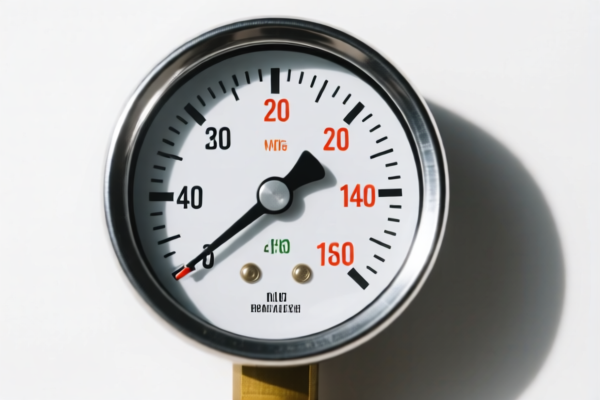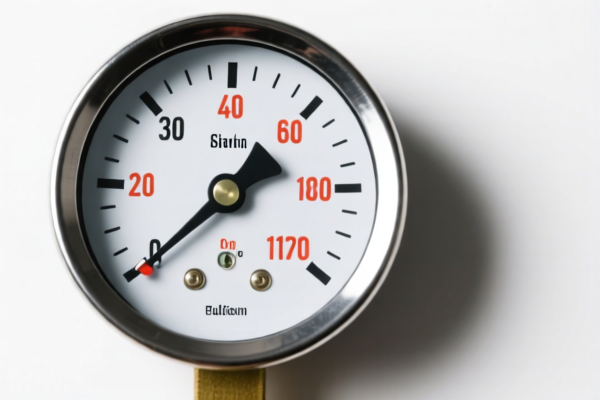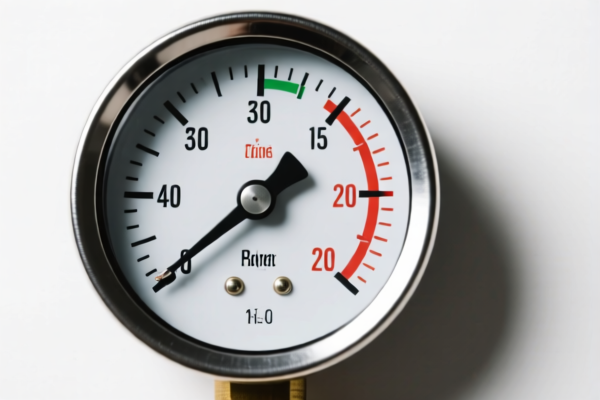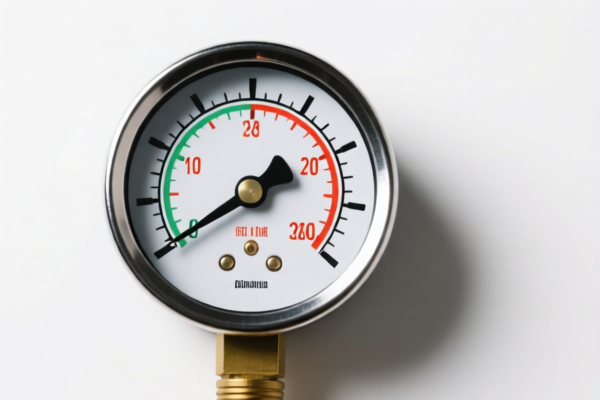| HS Code | Official Doc | Tariff Rate | Origin | Destination | Effective Date |
|---|---|---|---|---|---|
| 9026204000 | Doc | 55.0% | CN | US | 2025-05-12 |
| 9026208000 | Doc | 37.5% | CN | US | 2025-05-12 |
| 9014804000 | Doc | 55.0% | CN | US | 2025-05-12 |
| 9014805000 | Doc | 55.0% | CN | US | 2025-05-12 |
| 9031808060 | Doc | 30.0% | CN | US | 2025-05-12 |
| 9031808070 | Doc | 30.0% | CN | US | 2025-05-12 |
| 8423891000 | Doc | 55.0% | CN | US | 2025-05-12 |
| 8423899000 | Doc | 57.9% | CN | US | 2025-05-12 |
| 8479899550 | Doc | 32.5% | CN | US | 2025-05-12 |
| 8537109150 | Doc | 57.7% | CN | US | 2025-05-12 |
| 8535904000 | Doc | 57.7% | CN | US | 2025-05-12 |
| 8535908060 | Doc | 57.7% | CN | US | 2025-05-12 |
| 8538908180 | Doc | 58.5% | CN | US | 2025-05-12 |
| 8538903000 | Doc | 58.5% | CN | US | 2025-05-12 |
| 8543708000 | Doc | 55.0% | CN | US | 2025-05-12 |
| 8543906800 | Doc | 55.0% | CN | US | 2025-05-12 |




Oil Pressure Gauge
An oil pressure gauge is an instrument used to display the pressure of the oil in an internal combustion engine. It is a critical component in monitoring engine health, providing information about the performance of the oil pump, the condition of engine bearings, and the overall lubrication system.
Material
Oil pressure gauges are typically constructed with the following materials:
- Bourdon tube: Often made of phosphor bronze, stainless steel, or alloy steel, this curved, hollow metal tube is the primary sensing element. It deforms under pressure.
- Case: Commonly made of steel or aluminum for durability and protection. May include a plastic or glass face for readability.
- Movement: Incorporates gears and a pointer, often utilizing steel and brass components.
- Connection Fittings: Typically brass or steel to ensure a secure and leak-proof connection to the engine's oil system.
- Dial: Usually made of aluminum with printed markings.
- Sensor (for electronic gauges): Utilizes a piezoresistive or capacitive sensor element encased in a stainless steel housing.
Purpose
The primary purpose of an oil pressure gauge is to:
- Monitor Oil Pump Function: Indicates whether the oil pump is generating sufficient pressure to adequately lubricate the engine.
- Detect Engine Wear: Low oil pressure can indicate worn engine bearings, which create excessive clearances and reduce pressure.
- Identify Oil System Problems: Helps diagnose issues such as clogged oil filters, faulty pressure relief valves, or leaks in the oil system.
- Prevent Engine Damage: Early detection of low oil pressure allows for timely repairs, preventing catastrophic engine failure.
Function
The gauge operates based on the principle of measuring the force exerted by oil pressure.
- Mechanical Gauges: Oil pressure enters a Bourdon tube. As pressure increases, the tube straightens. This movement is mechanically linked to a pointer that indicates the pressure on a calibrated dial.
- Electronic Gauges: A pressure transducer (sensor) converts oil pressure into an electrical signal. This signal is processed by a control unit and displayed on a digital or analog display.
Usage Scenarios
Oil pressure gauges are used in a wide range of applications:
- Automotive: Standard equipment in many performance vehicles, classic cars, and vehicles where accurate oil pressure monitoring is critical. Often installed as aftermarket upgrades.
- Motorcycles: Used in performance motorcycles and for diagnostic purposes.
- Trucks & Heavy Equipment: Essential for monitoring the health of large diesel engines.
- Marine Engines: Critical for monitoring the lubrication of inboard and outboard engines.
- Aircraft Engines: Used in piston and turbine engines for critical engine monitoring.
- Racing: Used for real-time engine data analysis and performance optimization.
Common Types
- Mechanical Gauges:
- Liquid-Filled: Contain a damping fluid (typically glycerin) to reduce pointer fluctuations caused by vibrations. More accurate and easier to read in turbulent environments.
- Dry Gauges: Simpler design without damping fluid. More susceptible to vibrations.
- Electronic Gauges:
- Digital Gauges: Display pressure numerically. Offer high accuracy and often include features like peak hold and alarms.
- Analog Gauges: Use a traditional needle and dial, driven by an electronic signal.
- Warning Lights: A simple on/off indicator that illuminates when oil pressure falls below a preset threshold. Less precise than dedicated gauges.
- Programmable Engine Management Systems (EMS): Many EMS systems integrate oil pressure monitoring and display the data on a dashboard or laptop.
Oil pressure gauges are instruments used to measure the pressure of liquids, specifically oil in this context. They fall under the category of instruments for measuring or checking variables of liquids.
Here are the relevant HS codes based on the provided reference material:
- 9026204000: This HS code covers instruments and apparatus for measuring or checking the flow, level, pressure or other variables of liquids or gases, specifically for measuring or checking pressure and are electrical. The basic tariff is 0.0%, with an additional tariff of 25.0% and 30.0% after April 2, 2025, resulting in a total tariff of 55.0%.
- 9026208000: This HS code also covers instruments and apparatus for measuring or checking the flow, level, pressure or other variables of liquids or gases, specifically for measuring or checking pressure, but are other than electrical. The basic tariff is 0.0%, with an additional tariff of 7.5% and 30.0% after April 2, 2025, resulting in a total tariff of 37.5%.
It is important to determine whether the oil pressure gauge is electrical or not to select the correct HS code. If the gauge incorporates electrical components for display or transmission of data, 9026204000 would be the appropriate choice. Otherwise, 9026208000 should be used.
Customer Reviews
No reviews yet.